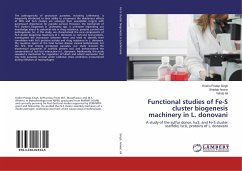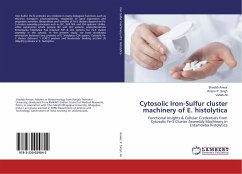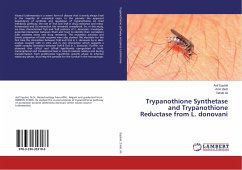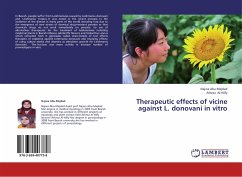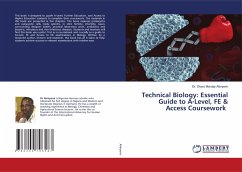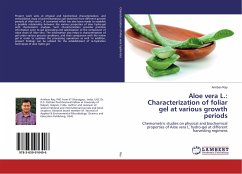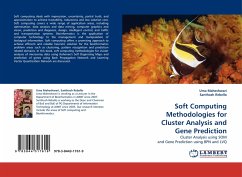The pathogenicity of protozoan parasites, including Leishmania, is frequently attributed to their ability to circumvent the deleterious effects of ROS and Fe-S clusters are amongst their susceptible targets with paramount importance for parasite survival. However, the mechanism of Fe-S clusters biogenesis in Leishmania spp. is unknown impending our knowledge about its potential role in drug resistance, parasite survival and pathogenesis. So, in this study, we characterized the core components of Fe-S cluster biogenesis machinery of L. donovani i.e. IscS and IscU proteins, investigated the interaction between them and tried to identify their correlation with Fe-S proteins activity and drug resistance in L. donovani, the causative agent of the fatal human disease visceral leishmaniasis. For the first time among protozoan parasites, our study showed the biochemical properties of scaffold protein IscU and demonstrated the conservation of IscS-IscU interaction in L. donovani. Additionally, this study revealed a mechanism for regulation of LdIscS and LdIscU expression that may help parasites survival under oxidative stress conditions encountered during infection of macrophages.
Bitte wählen Sie Ihr Anliegen aus.
Rechnungen
Retourenschein anfordern
Bestellstatus
Storno

